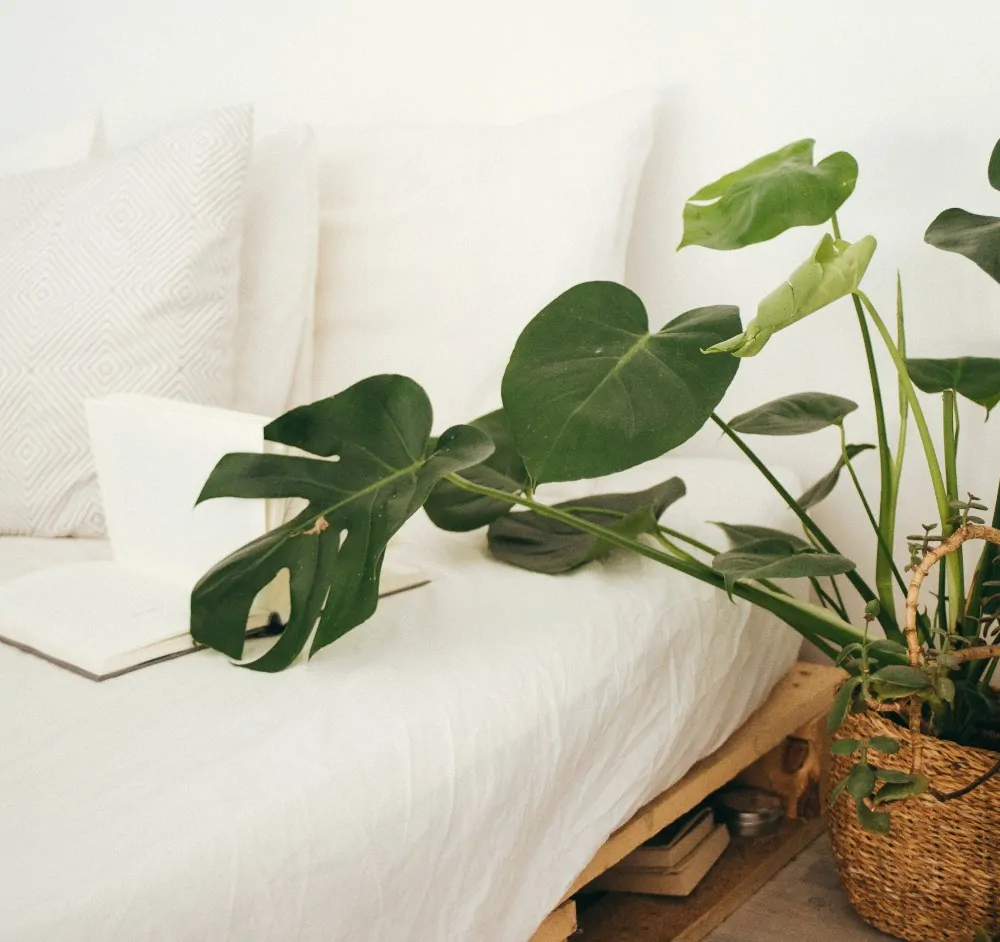

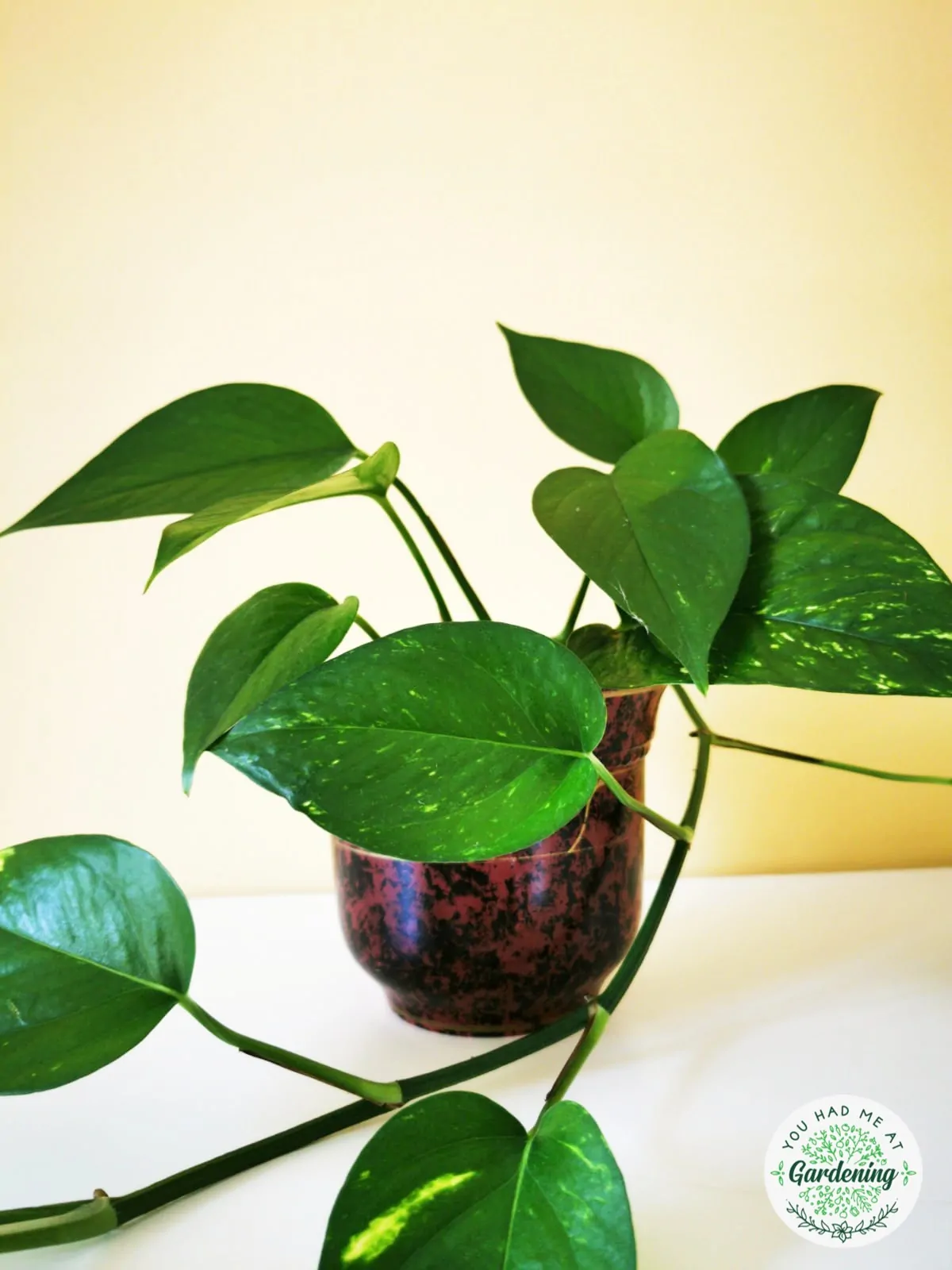
So you want to add more plants to your indoor garden, but you have no idea what to buy next? Yup, I definitely know how it feels. Here’s the good news, my team and I did some research on this matter and we’ve created this list of 15 of the most and best common house plants (for now, we’re going to add more plants to it).
To make your job easier and help you choose the best house plant, we’ve added information about their growing requirements (light, watering, and soil) and toxicity. When it comes to common houseplants, you have a myriad of choices, from hard-to-kill houseplants to some of the most beautiful flowering succulents and cacti!
Most of the plants from this list are also super easy to care for, so you can forget to water them once in a while. However, if you want to build a fantastic indoor garden that thrives, don’t forget to offer your plants the irrigation, nutrients, and light they need!
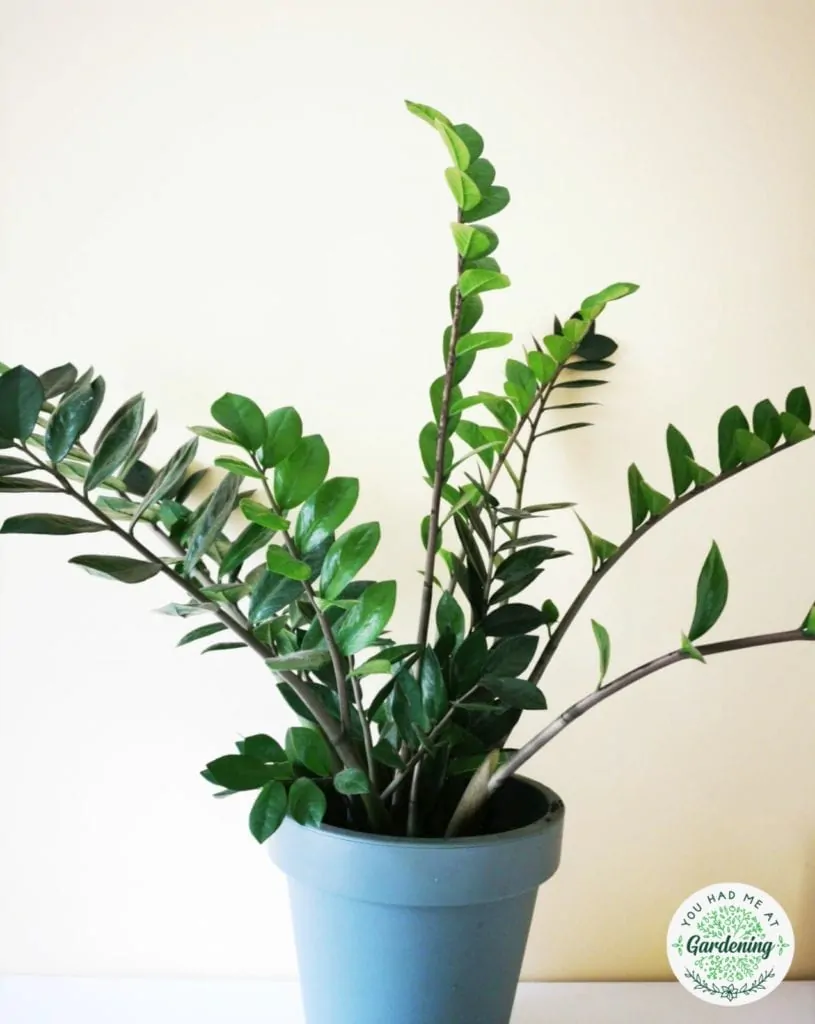
This tropical perennial plant tolerates drought and significant levels of neglect, accepting low-light conditions without much fuss. It is one of the most common house plants across the world, even if it is native to Africa. As long as you do not expose it to direct, powerful sunlight and you take minimum care of it, you should enjoy it for years.
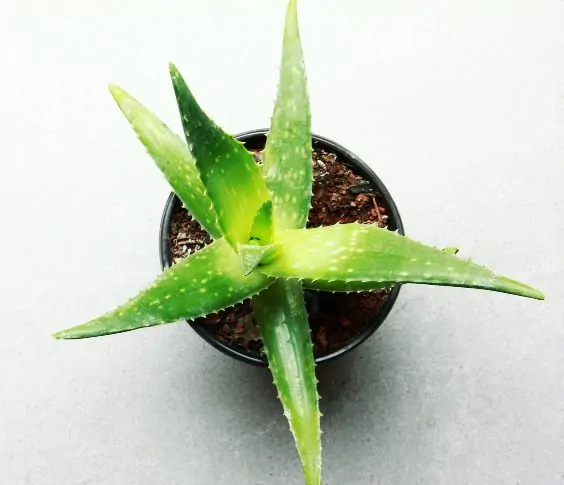
In case you did not know, there are more aloe vera plant types than you might know! However, no matter what variety you choose to grow in your home, you should know that aloe makes one of the most beautiful and easy-to-grow common house plants (and succulents) in the world! Aloe does not need much to thrive, but you should offer it some care and love.
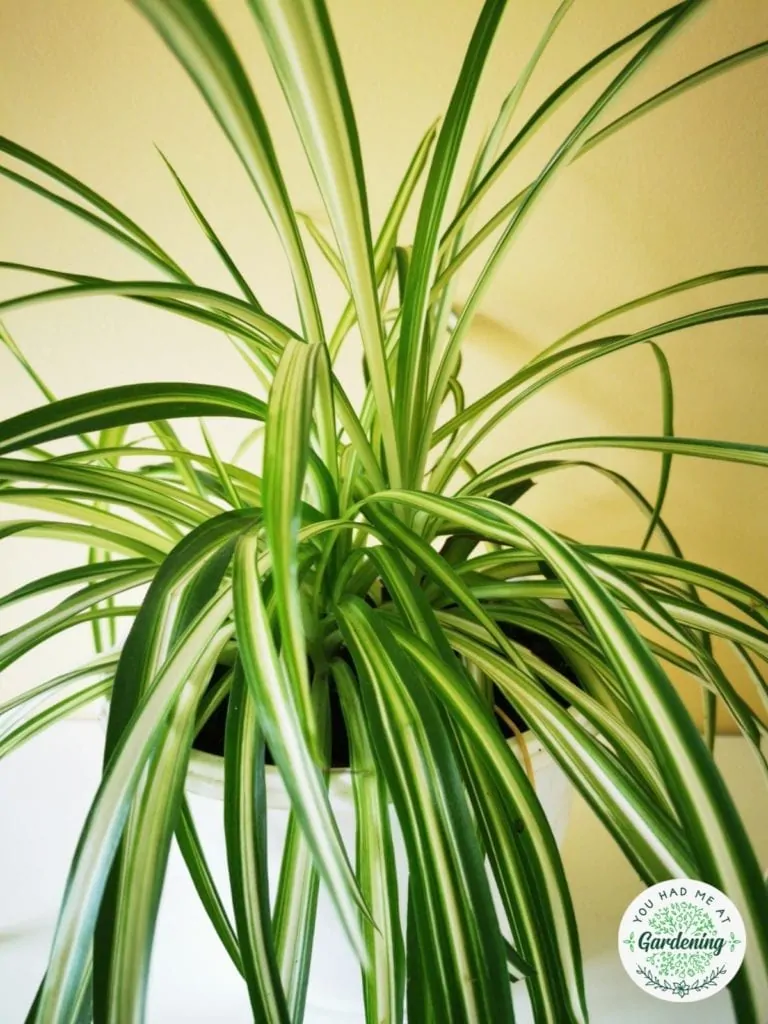
The Spider Plant is one of the best and most common hard to kill house plants in the world. It does not need much maintenance, although it loves some bright indirect light and well-drained soil rich in nutrients. In case you do not remember, the Spider Plant is, according to NASA studies, one of the best plants to grow indoors for air purification!
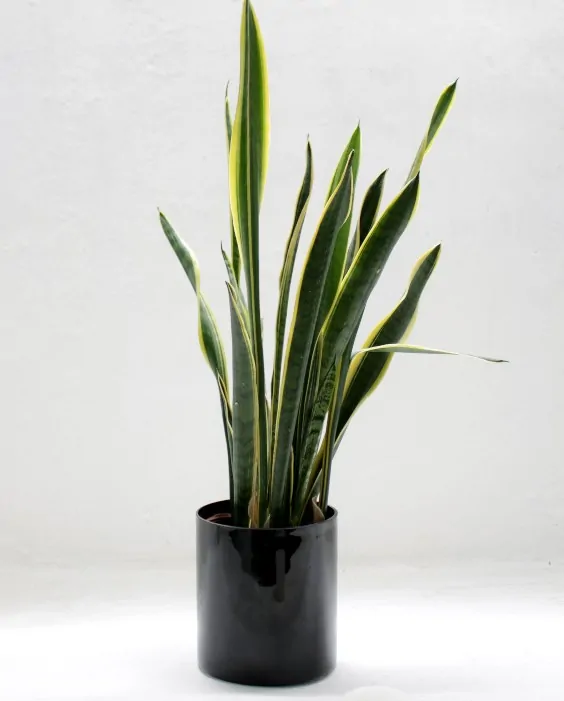
According to the same NASA studies mentioned above, the Snake Plant is also among the best common houseplants that help you preserve your indoor air clean and fresh. We mentioned the Snake Plant among the houseplants that are hard to kill no matter how much you neglect them as well. All in all, the Snake Plant is an excellent indoor companion that will turn any room into a beautiful indoor garden! Also, keep in mind that there are more Snake Plant varieties to choose from, so knock yourself out and get the most beautiful types that strike your fancy!
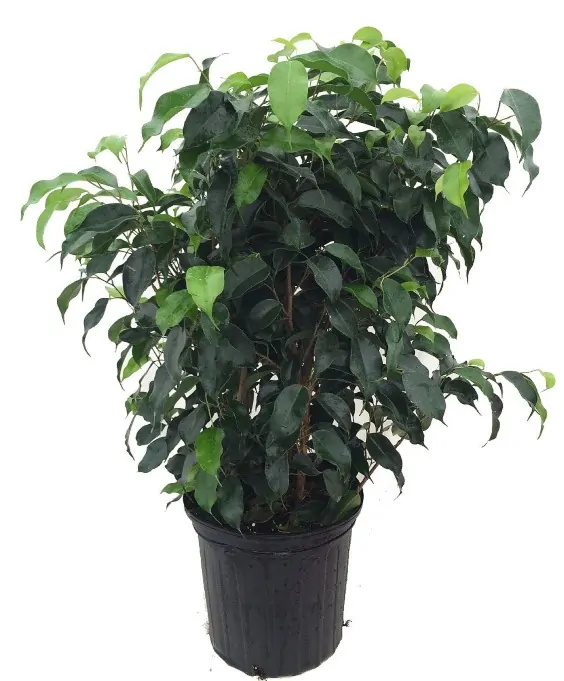
This type of indoor tree makes an excellent house plant if you want a beautiful companion for any of your rooms. As we said on a previous occasion, the weeping fig is a bit fussy when it comes to care and maintenance, but overall, it is an amazing houseplant to grow even if you have to collect the fallen leaves from the floor more frequently than you do with the other common houseplants.
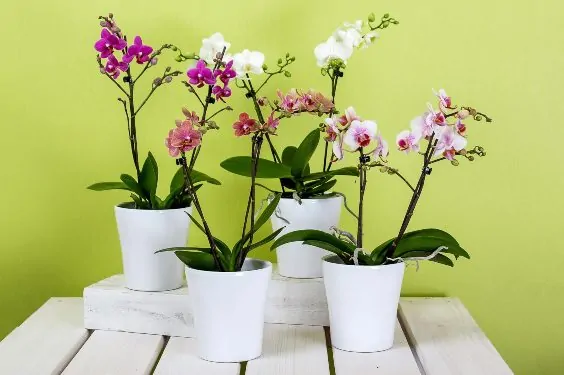
According to the American Orchid Society, orchids are rewarding indoor plants. Once you bring in the first one, you will find yourself adopting even more. Many people think orchids are hard to grow, especially in the lack of a greenhouse, but experts say it is a myth. The most important takeaway when it comes to growing orchids is to make sure you find the best compromise between potting soil and other materials that allow these plants to breathe.
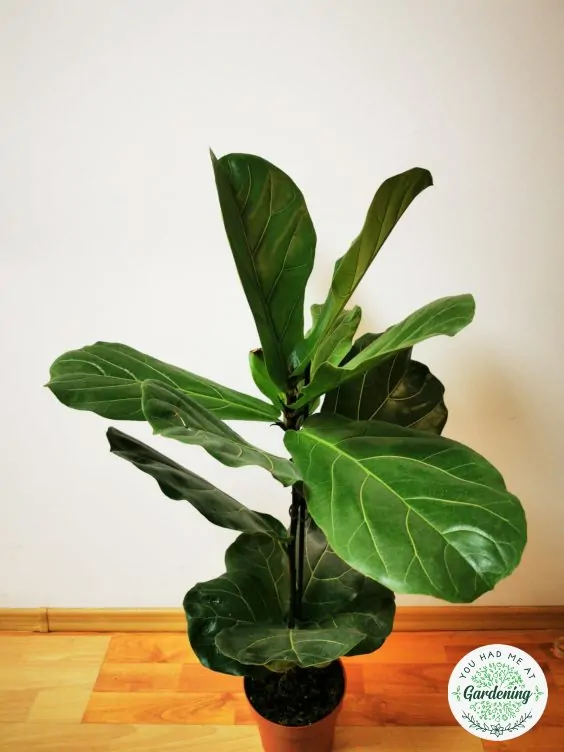
The Fiddle Leaf Fig is one of the best trees to grow indoors. We have talked about it before, but here is what you need to know. Slightly moist soil, bright & indirect sunlight and a suitable pot are your best bets when caring for this beautiful houseplant.
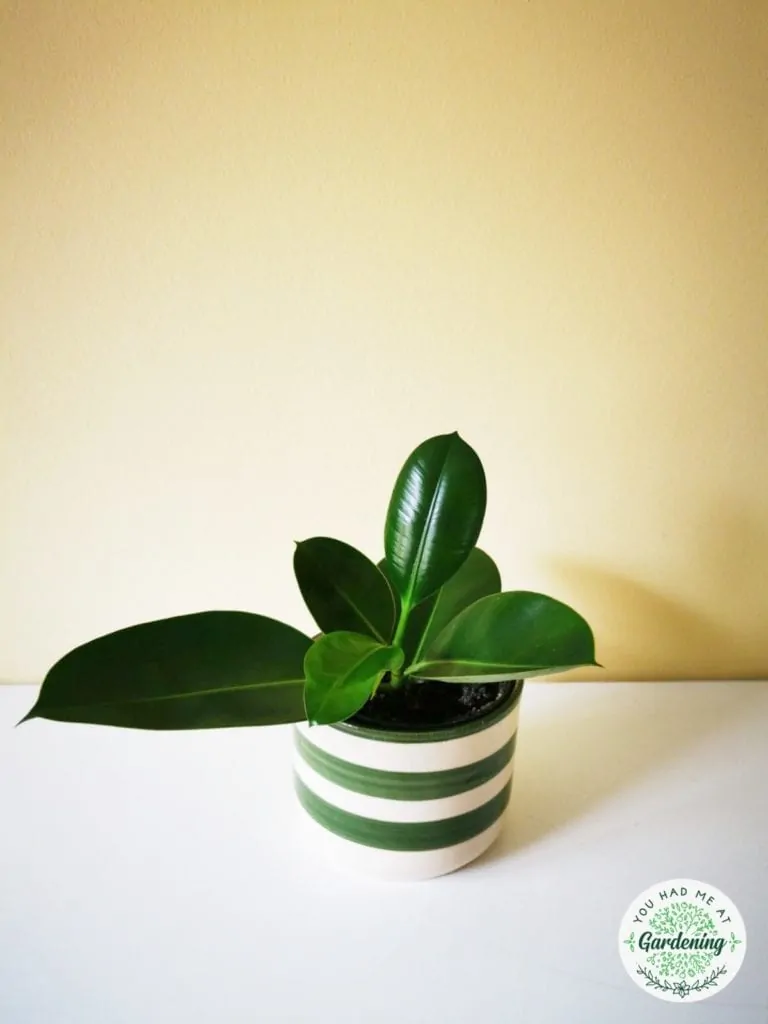
The Rubber Plant makes a gorgeous and extremely resilient common houseplant. It can take its fair share of neglect, needing moderate care. However, we strongly recommend you offer it all your love and efforts, as its glossy leaves and beautiful shape are worth everything.
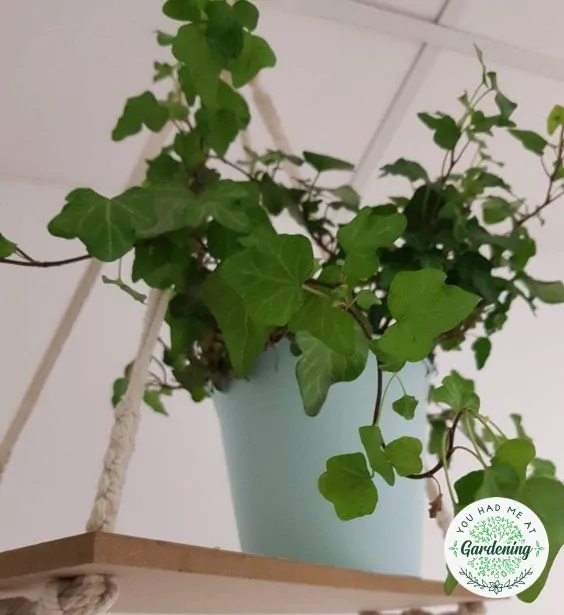
The English Ivy is one of those air-purifying plants that everyone talks about in reverence. It is capable of removing trichloroethylene, formaldehyde, benzene, and xylene from the atmosphere, which is brilliant in and out of itself. However, the English Ivy also makes one of the most versatile common houseplants as well, as you can center your indoor garden idea around it in a potted form on a shelf or even hanging in the air!
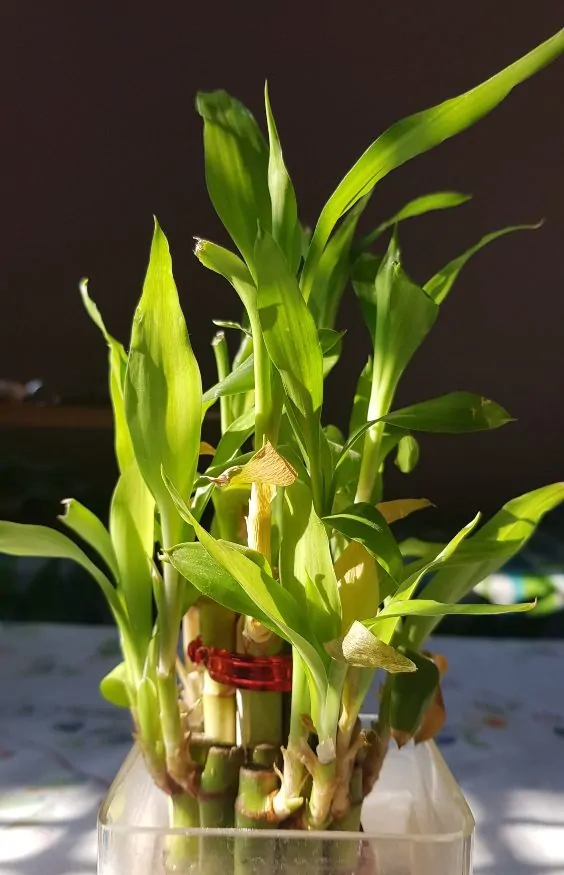
The Lucky Bamboo is a flowering plant growing in water and is also one of the most common houseplants. Do not let the name fool you, it is not really a bamboo variety. In fact, it is native to Africa, although it is a Feng Shui central element for ages. Get one for yourself or offer it as a gift for someone you care about. The Lucky Bamboo symbolizes a rich life, full of prosperity and strength, and we all need some of that these days.
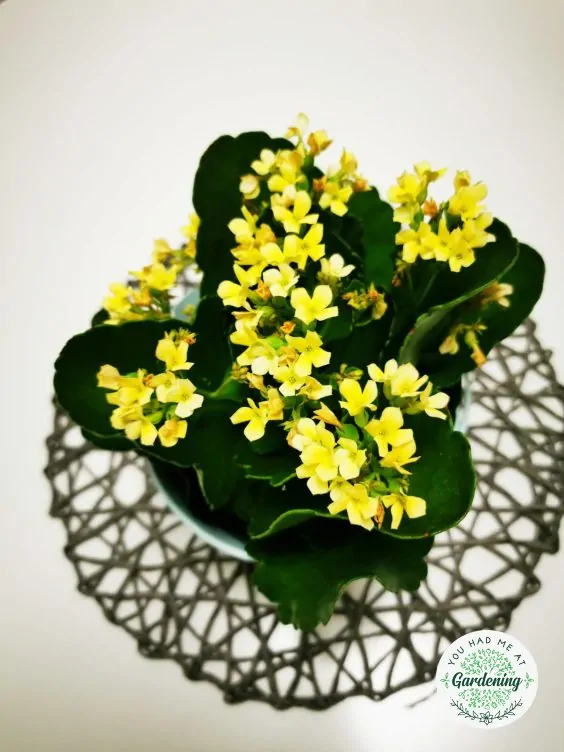
When it comes to some of the most amazing flowering succulents out there, few common houseplants can beat Kalanchoe in beauty or maintenance easiness. You can choose from many types and varieties of Kalanchoe, but what you need to know is that they need moderate care with a few twists!
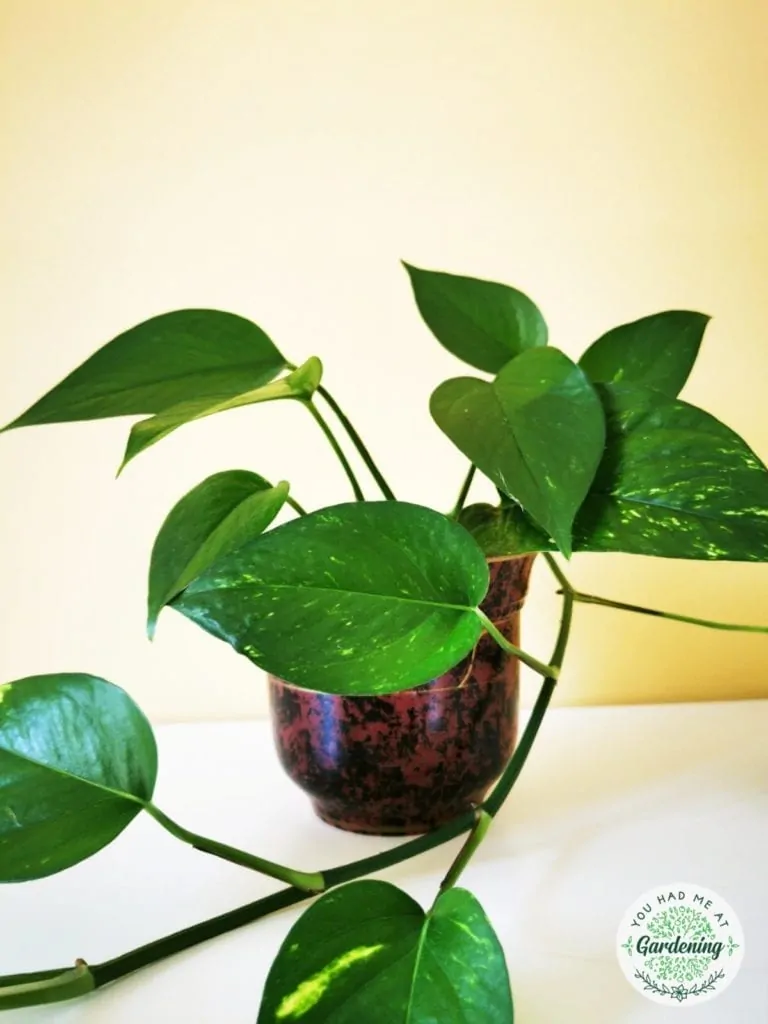
As care and maintenance go, yes, the Golden Pothos needs balanced levels of water, light, and soil nutrients, but did you know it also loves some rock music? Check out our Best Music for Plants Experiment to learn what rock music the Pothos loves the most and grow the best on! If you only grow Pothos as a house plant and you happen to be a rocker, you might achieve the most beautiful indoor garden of them all!
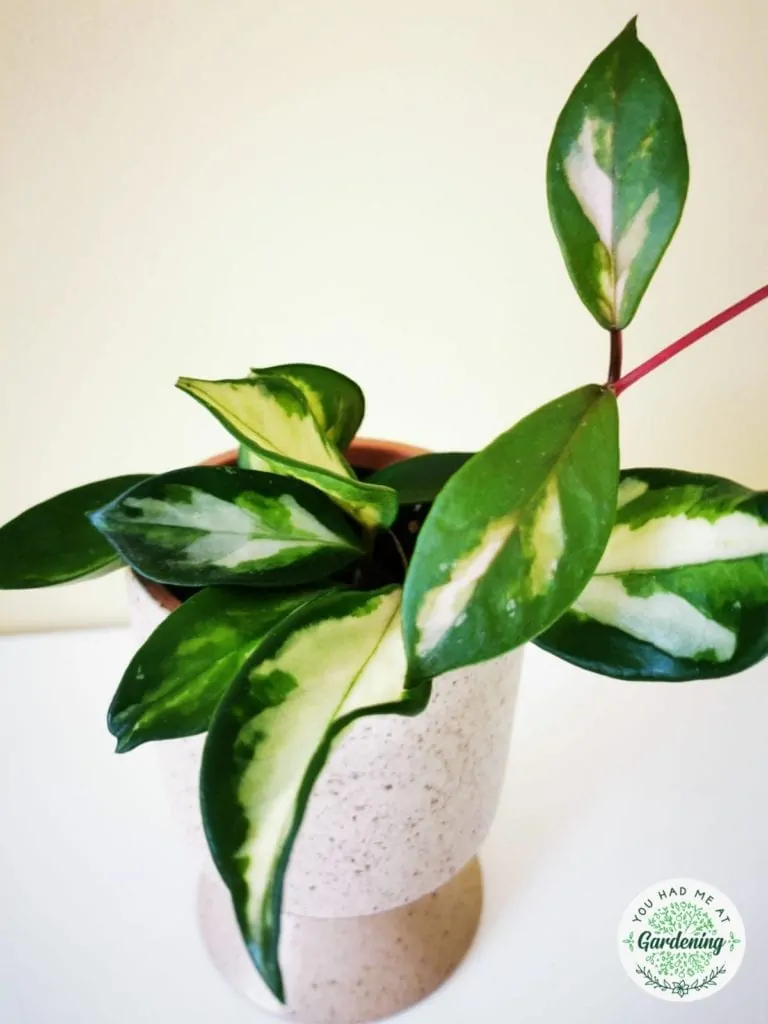
The Hindu rope plant – Hoya compacta – is one of the most popular and resilient houseplants to grow even if you do not have gardening skills. No matter what Hoyas you choose for your indoor garden, you cannot go wrong with them!
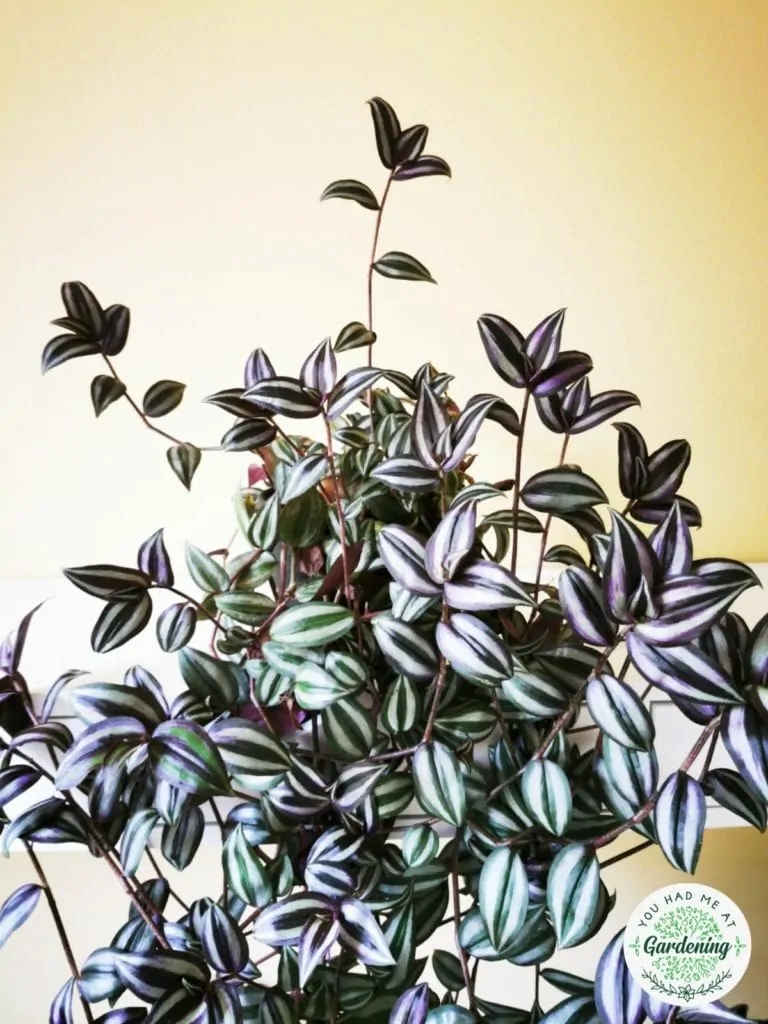
You may also know this plant as the Wandering Jew plant, a gorgeous and common houseplant that you can grow in a hanging basket as well as in a pot. As we said before, it is a gorgeous mix between a succulent and a vine and you will love having it in the house and caring for it as well!
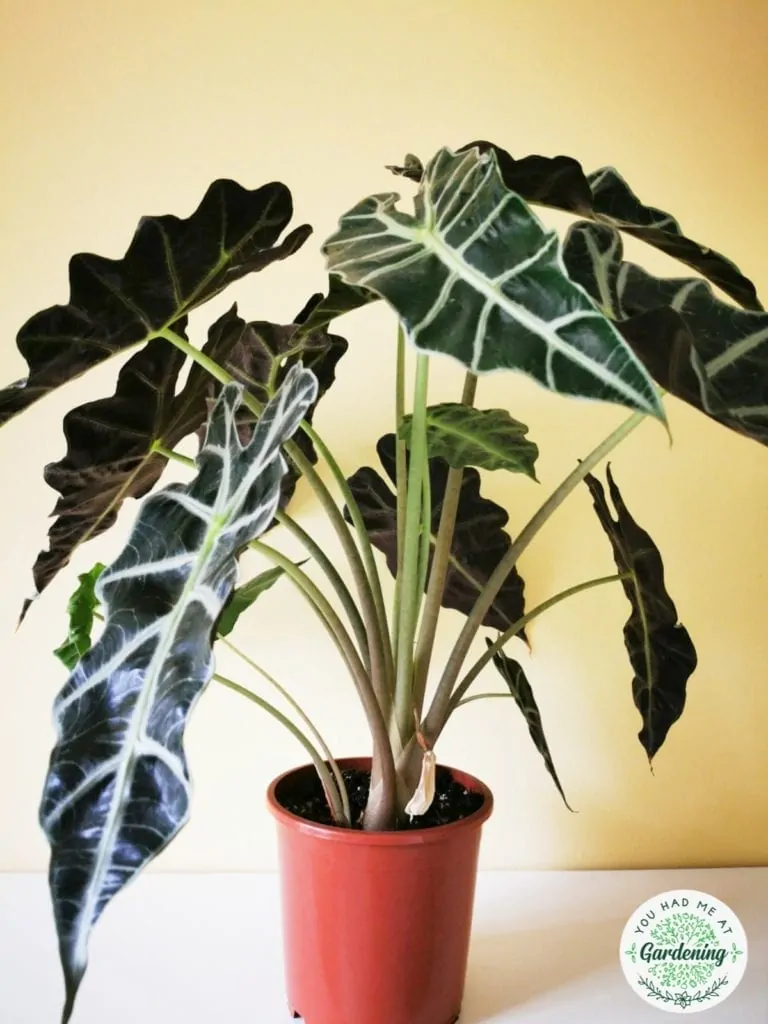
This broad-leaved popular indoor plant is a spectacle. If you remember, we listed the Alocasia Reginula among the best black plants to grow indoors. In general, Alocasia plants do not need heavy maintenance, but it is best to check out the short guide below to learn how to offer this plant the best care it needs to treat you with its amazing foliage!
There you go! Our favorite picks when it comes to common house plants. We’ll continue to add more options to this list for you to create some of the most amazing indoor gardens!
If you’d like us to include a specific plant in this article, let us know in the comment section below! I’m sure you have a favorite plant in your house right now that may have not been included in our list.
Until then, happy gardening!

Monthly updates on your favorite plants and how to keep them alive, delivered straight to your inbox!
Privacy Policy
This privacy policy outlines what info we gather from our visitors and contributors, the tools we use to collect, store, and protect it, and how we use this information.
Like any other website on the World Wide Web, YouHadMeAtGardening.com records some info about you and your device during your visit. This privacy policy outlines how our team gathers, stores, protects, and uses the information it gathers from visitors of the YouHadMeAtGardening.com website.
By continuing to use this website, you implicitly agree to this policy; if you do not agree to some or all of the procedures listed on this page, you can opt out at any time, however, you might not enjoy the intended browsing experience.
Our team reserves the right to alter this privacy policy with no prior notice to you. However, if the alterations made affect your personal data in any way, you will be notified immediately by email, on our homepage, or here.
Information YouHadMeAtGardening.com Collects
Our systems gather personally and non-personally identifiable information from visitors of the YouHadMeAtGardening.com website.
The only personally identifiable information we collect is your name and e-mail address only when leaving comments if you’re a visitor, or when submitting content and leaving comments, if you’re a contributor.
However, if you are not comfortable with providing your personally identifiable information to us, you can also use an alias instead of your real name and e-mail address without breaking any rules or regulations currently in use.
Note: If you submitted a comment using your personally-identifiable information and want it removed, you can always contact us and we will remove your info in 30 days.
The non-personally identifiable information we collect is your IP address, ISP information, device and browser info, and your browsing patterns – specifically the pages and websites you visit. This information cannot be used to track down your identity.
How We Collect Your Information
We use the following tools to gather personally and non-personally identifiable information from visitors and contributors:
• Cookies: these tiny text documents contain unique identifiers that are stored in your computer after your expressed consent. Cookies collect non-personally-identifiable information about your browsing patterns, which helps us pinpoint the areas of our website that require extra work and the areas that fully meet your needs.
• Log files: These tools record browser and device information, browsing patterns, websites that referred you to the YouHadMeAtGardening.com website, pages our website referred you to, and other types of non-personally identifiable information.
• Sign-up forms: these requests only come up when registering for our newsletter and is the only way our team collects personally-identifiable information from visitors.
How We Protect Your Information
All information we gather, both personally and non-personally identifiable, is stored in systems and databases managed only by the YouHadMeAtGardening.com team. We use the latest security measures to make sure the information you provide and the information we gather stays confidential, such as encryption, user behavior monitoring, and a series of managerial procedures.
How We Use Your Information
We only use your personally and non-personally identifiable information to improve the quality of the website and your browsing experience while here. We want to know which pages and sections of our website satisfy your needs and are of real value to you and which ones need improvement so we can make the proper adjustments. We also use your information to make sure the website is properly displayed on your device and browser.
If you choose to opt in for our newsletter, we will also use your information to keep in touch.
However, know that the YouHadMeAtGardening.com team will never share your information with other parties in exchange for financial rewards or any other kind of benefits. Some third parties might get very limited access to your info, but only to your non-personally identifiable information and only as we described above.
The personally identifiable information you provide is strictly confidential, therefore we will not share it with anyone.
Advertising
This Site is affiliated with CMI Marketing, Inc., d/b/a CafeMedia (“CafeMedia”) for the purposes of placing advertising on the Site, and CafeMedia will collect and use certain data for advertising purposes. To learn more about CafeMedia’s data usage, click here: www.cafemedia.com/publisher-advertising-privacy-policy

Thanks for telling us good care about plants its good for us and as well for our plants